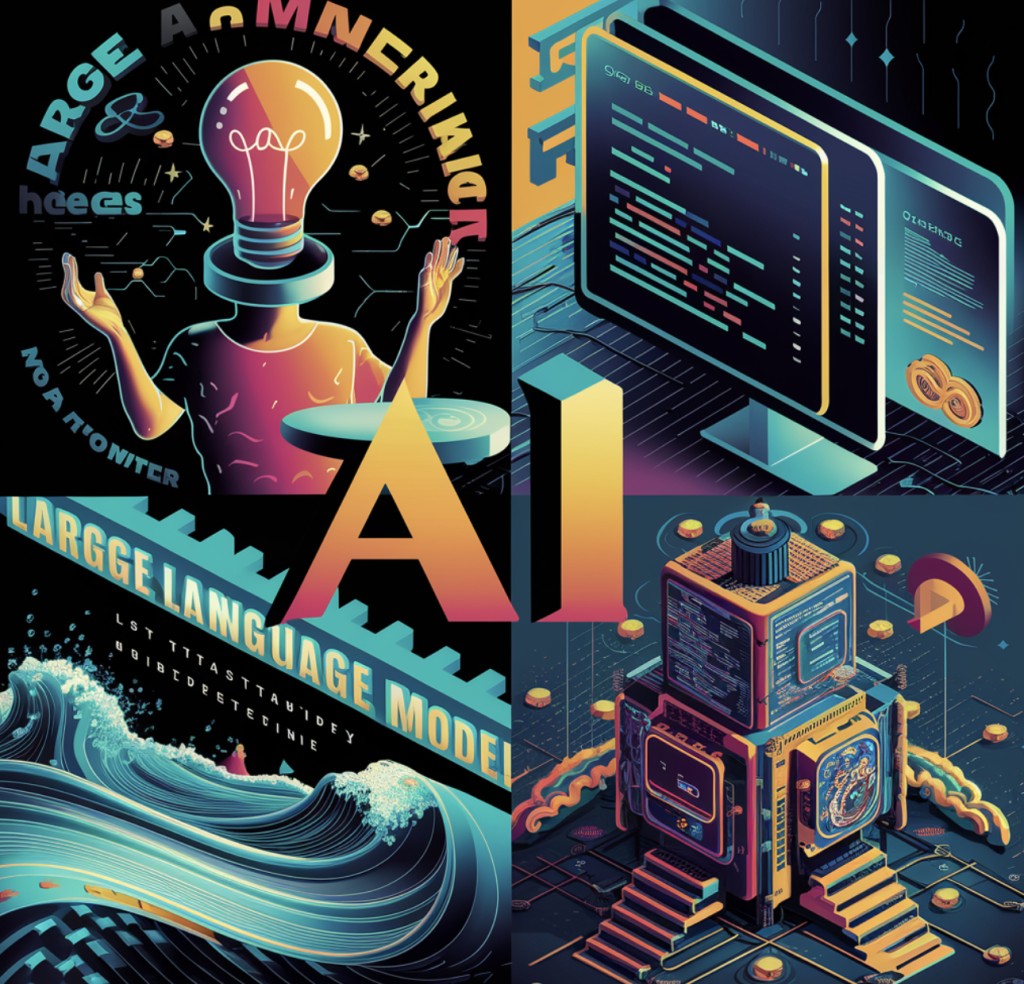The rise of Generative AI (GenAI) has revolutionized various industries, from healthcare and finance to entertainment and customer service. The effectiveness of GenAI systems hinges on the seamless integration of four critical components: Human, Interface, Data, and large language models (LLMs). Understanding these elements is essential for designing robust and efficient GenAI workflows.
Human
Humans play a pivotal role in the GenAI workflow. They are not only the end-users but also the architects, trainers, and supervisors of AI systems. The human element encompasses the following aspects:
Expertise and Creativity: Human experts provide the initial knowledge and creativity required to train AI models. Their insights and domain-specific expertise are crucial in designing AI systems that are relevant and effective in specific contexts.
Training and Supervision: Humans train AI models by curating datasets, annotating data, and refining algorithms. They also supervise the performance of AI systems, ensuring that they operate within ethical and functional boundaries.
User Interaction: The end-users interact with the AI through various interfaces, providing invaluable feedback for continuous improvement. This interaction helps identify gaps and areas for enhancement, ensuring that the AI evolves to meet user needs effectively.
Interface
The interface is the medium through which humans interact with AI systems. It serves as the bridge between human intent and AI capabilities. Effective interfaces are characterized by:
Usability: A user-friendly interface ensures that users can easily interact with the AI system without requiring extensive technical knowledge. This includes intuitive design, clear instructions, and accessible features.
Responsiveness: The interface should facilitate real-time interaction, allowing users to receive immediate feedback from the AI system. This is crucial for quick decision-making applications like customer service and real-time analytics.
Customization: Interfaces should be adaptable to different user preferences and needs. Customizable dashboards, personalized recommendations, and adaptive learning environments enhance user satisfaction and engagement.
Data
Data is the lifeblood of any GenAI system. The quality, quantity, & diversity of data directly impact the performance and accuracy of AI models. Key considerations for data in a GenAI workflow include:
Quality: High-quality data is clean, accurate, and relevant. It should be free from biases and errors that could skew the AI’s predictions or outputs. Data validation and preprocessing are critical steps in ensuring data quality.
Quantity: Large volumes of data enable AI models to learn effectively. However, it is essential to balance quantity & quality, as massive datasets with poor quality can lead to suboptimal performance.
Diversity: Diverse datasets ensure that AI models generalize well across different scenarios and populations. This is particularly important in applications like healthcare and finance, where AI systems must cater to a wide range of users and conditions.
Large Language Models (LLMs)
LLMs are the core engines that drive GenAI systems. These models are trained on datasets and can generate human-like text based on their input. The effectiveness of LLMs hinges on several factors:
Architecture: The design and complexity of the LLM’s architecture determine its capacity to understand and generate text. Advanced architectures like transformer models have significantly improved the capabilities of LLMs.
Training: The training process involves feeding the model large amounts of text data and fine-tuning it to perform specific tasks. Continuous training and updates are necessary to keep the model up-to-date with new information and linguistic trends.
Ethics and Safety: Ensuring that LLMs operate within ethical boundaries is crucial. This involves implementing safeguards to prevent generating harmful or biased content and ensuring that the AI respects user privacy and confidentiality.
Conclusion
The GenAI workflow is a complex interplay of human expertise, user-friendly interfaces, high-quality data, and advanced LLMs. Each component ensures that AI systems are effective, reliable, and beneficial to users. By understanding and optimizing these elements, researchers and users can harness GenAI’s full potential to drive innovation & improve various aspects of human life.
The post The Four Components of a Generative AI Workflow: Human, Interface, Data, and LLM appeared first on MarkTechPost.
Source: Read MoreÂ

